If you could take a molecular-level look at anything at all, what would you choose? Your favourite food? A bird feather? Or maybe even a dinosaur fossil?
Techniques like electron microscopy and mass spectrometry are usually the preserve of analytical chemists and quality control specialists. High-tech suites of equipment help these scientists identify and understand their samples at the most fundamental level. But these powerful tools can also provide a unique window into the minute internal workings of the everyday world around us, if only we’d think to look.
Inspired by unusual requests and intriguing backstories, three analytical chemists share how partnerships with the public have helped them reveal the extraordinary chemistry of ordinary objects.
Under the Microscope
Sharing the joy and excitement of this hidden science was the inspiration for Under the Microscope, an initiative launched by the Nanoscale and Microscale Research Centre (nmRC) at the University of Nottingham in 2023. ‘Rather than guessing what people might be interested in, we thought why not just metaphorically hand the keys over to the public?’ explains Luke Norman, knowledge exchange fellow at the nmRC. ‘So we’ve basically just asked the public every single month, what would you like to see imaged by an electron microscope?’
Scanning electron microscopy (SEM) probes the 3D surface of solid objects by bombarding samples with electrons that are then reflected back and collected by a detector. The technique is similar to light microscopy but, because the wavelength of an electron is much shorter than that of a visible photon, SEM resolves the surface in much greater detail, with the top performing instruments reaching up to one million times magnification. At this extreme zoom, even familiar objects like leaves and sand become extraordinary as their minute and bizarre structural features are brought into focus. ‘If you know what an object looks like in real life, you absolutely do not know what it looks like at the microscale! There’s a real curiosity from people to see that,’ says Norman.
Since its inception in March 2023, Under the Microscope has analysed more than 30 ‘ordinary objects’ ranging from lizard scales, gluten-free bread, and even a 14th-century manuscript complete with dust mite. The public are invited to suggest any solid object (provided it’s obtainable), sharing a reason for their choice, and each month Norman’s team selects one, posting the images online for everyone to enjoy. Norman explains that the ‘Oh wow!’ and ‘That’s really weird!’ responses are exactly the kind of excitement he’d hoped to generate around electron microscopy and the work at the nmRC. The next step was then to translate the project into a format suitable for schools.
Under the Microscope Live launched in January this year and recently finished its first cycle of interactive outreach sessions, working with children between the ages of nine and 18 across Nottinghamshire to inspire interest in Stem subjects. Over three sessions, the team take five or six suggestions from the class – often related to other topics on that year’s curriculum – and perform a live analysis of the chosen samples over video link, simultaneously explaining the method and interesting features revealed in the microscale picture. ‘Microscopy just opens up that world where, whatever you’re studying – say the stomata of leaves – you can actually see them,’ says Norman. ‘It’s then so much easier to understand that they’re little mouths on the back of leaves that allow the leaf to breathe. It just really brings it to life.’
However, the suggestions made by schoolchildren certainly presented more of a challenge for Norman when obtaining suitable samples, in particular one request for a dinosaur tooth. ‘I bought the dinosaur tooth from Amazon and was slightly worried it was going to be 3D-printed. But in the live session we turned that question into a fun activity,’ he says. ‘We did chemical composition analysis and found calcium and lots of different materials in there, not just silicon, so we could confirm that it was actually real in front of the kids.’
Whether witnessing the world at microscale ultimately inspires students to pursue Stem careers or not, the most important part of the initiative has always been about making science fun and accessible, says Norman. ‘Public engagement is a chance to educate people, but it’s also a chance to get people interested in a branch of science that they may never have seen. It’s just been great to get an insight into the public and what interests them.’
Mass Spec Everything
Sometimes though, capturing the public’s interest can happen entirely by chance. Proteomics chemist Benjamin Katz started out sharing short educational videos about mass spectrometry and the analytical suite at the University of California, Irvine on TikTok, reaching a small but dedicated audience of enthusiasts.
One day on a whim, Katz decided to investigate the chemical content of Taco Bell meat, creating a one-minute clip documenting the analytical process and the results. The video was an instant hit, achieving thousands more views than anything he’d previously posted. But most interesting was the intense dialogue that started in the comments. ‘In the video I basically confirmed that the meat was meat and that there was flavouring in there too. But I also identified the individual chemical components: carnosine, putrescine, theobromine etc, and that engaged a whole bunch of conversation around what these compounds are and how they contribute to the flavour,’ he explains.
From here the brand Mass Spec Everything was born and Katz now regularly posts new videos exploring the chemical composition of everyday consumer products such as chewing gum, fruit juice, and toothpaste. The overarching goal is to show people how mass spectrometry is used in quality control and other processes that directly affect them and the products they use, says Katz.
@massspec_everything Taco bell What's in the meat?! by Mass Spec Everything Archive
♬ original sound - MassSpecEverything
But he’s also discovered a secondary level of scientific interest as people want to understand more about the ingredients that are in their food and where they come from. ‘It’s interesting that you can see the difference between synthetic molecules and naturally derived molecules in an ingredient,’ he explains. ‘In an extract, there’s a bunch of different peaks in a specific pattern so it’s very obvious. If you see one line of a blaringly clean molecule, it’s clearly synthetic.’
Now also on Instagram, Katz tends to post shorter videos on these platforms to pique interest, linking them to longer-form content on YouTube for the more serious audience. Regardless of the platform though, the comments always make for fascinating reading and it’s great to see mass spectrometry inspiring such in-depth discussions, he says. ‘People just need a word these days and then they do their own research and deep dive in AI. Sometimes I’ll have interactions with people and I’ll be surprised how far they’ve gone – they’re coming up with mass spec methods and they’ve got the whole project outlined.’
Looking forwards, Katz is hoping to develop a more serious educational side to the brand and has already partnered with schools to run workshops in support of the curriculum. ‘I think kids are really inspired by the practicality of doing the analysis themselves. At the same time there’s this confidence because of the evidence that they created and the fact that they’ve thought through the problem on their own,’ he says.
Everything’s a Sample
Relatability is the key ingredient in capturing people’s interest, agrees crystallographer James Kaduk. ‘There is interesting science, sometimes even new science, in ordinary things – I like to say that everything is a sample,’ he says. ‘The fun of powder diffraction is that most real materials are at least partially crystalline so it provides a really good opportunity to look at the things that people are familiar with and start a conversation from there.’
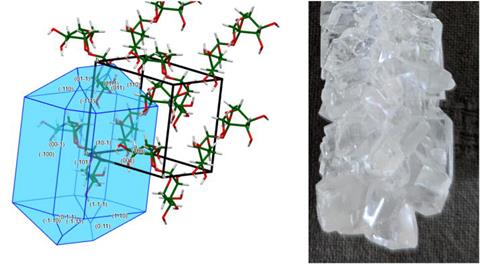
Like other crystallography techniques, powder diffraction measures how x-rays interact with atoms in a sample, and working backwards from the resulting diffraction pattern reveals information about the crystal structure and purity. Over the last twenty years, Kaduk has investigated everything from a broken tooth, to pebbles, to multivitamins and now takes requests from friends, neighbours, and colleagues to examine the everyday objects that they are most curious about.
But it was Kaduk’s own curiosity about the structure of the ordinary that started him down this path. Working as an analytical scientist at Ineos, the majority of his samples were petrochemical sludge and particulate crud, but one quiet Friday lunchtime, looking at a biscuit that was the perfect size to fit in the sample holder, he decided to analyse an Oreo cookie. The spectrum clearly showed the crystalline sucrose and amorphous fats of the filling and a predominance of starch in the biscuit layer – a result that caught the interest of the food industry and netted the team a new client.

From this first random sample, chance conversations inspired further projects to take crystallography into schools. ‘My wife is now a retired elementary school teacher and she went to an education meeting and the conversation just turned to this project,’ he explains. Working on an individual basis with different schools, Kaduk has since run workshops for students of all ages, linking the technique to other topics on the curriculum: the structure of sugar (from rock candy, right down to individual sucrose molecules), the geological composition of different minerals, and the sediments left behind by rainwater. ‘I think the value is not in telling them what is there, but what does that mean?’ he says of these sessions.
Kaduk has plenty more ideas for ordinary objects to analyse – including body parts like feathers, shells, and claws – and hopes to continue sharing his enthusiasm for understanding the world at a molecular level through publications and workshops.
Ultimately, whatever the technique, exploring the familiar helps make chemistry and these analytical methods feel relevant to everyone. So whether it’s your favourite food or the gravel from your driveway, anything can be a sample!



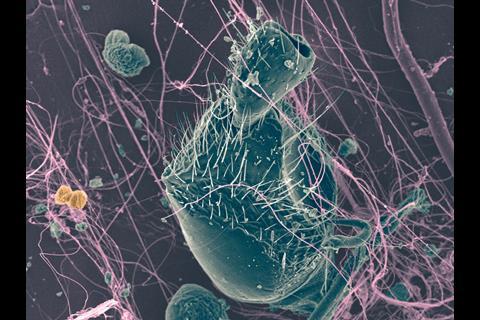
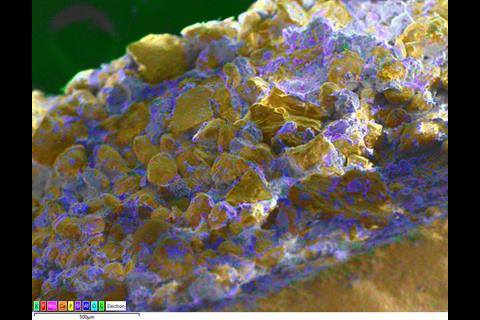
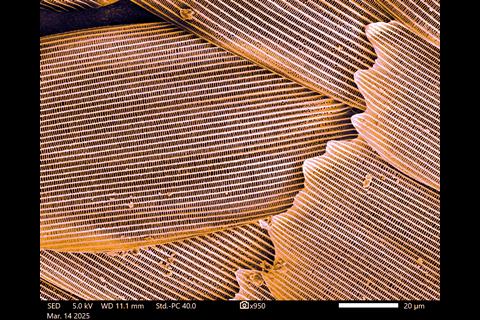
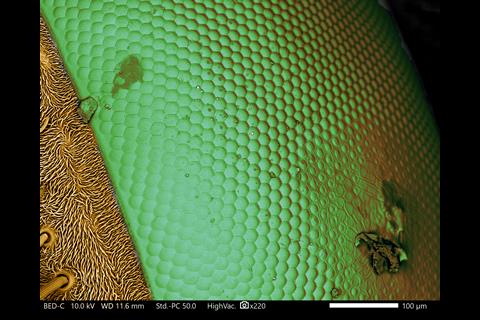
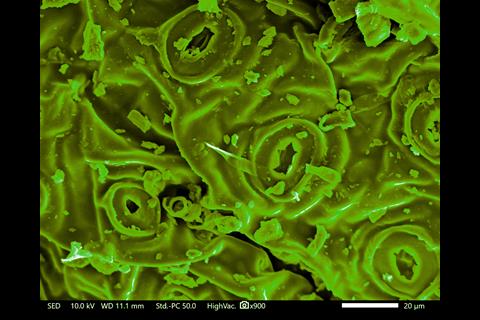
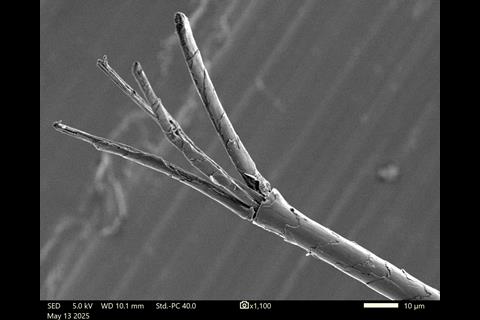
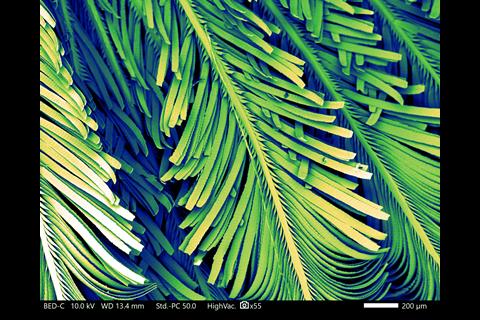
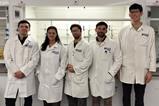
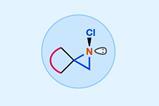

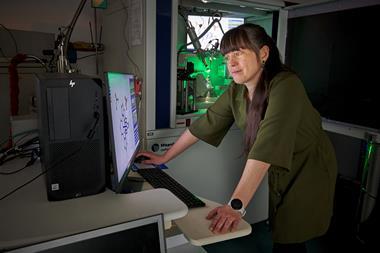
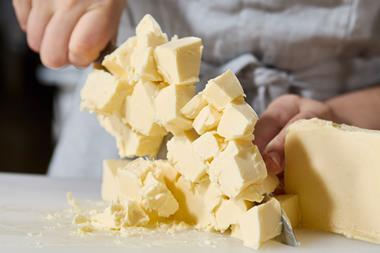
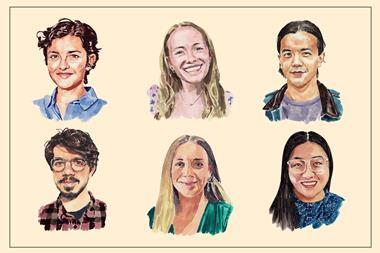
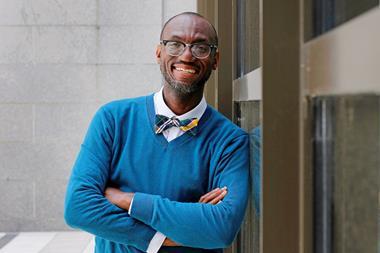




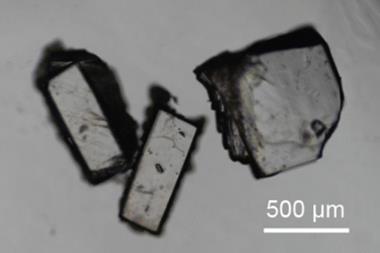
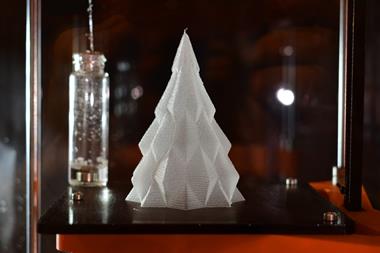

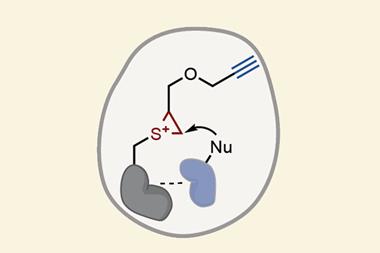
No comments yet